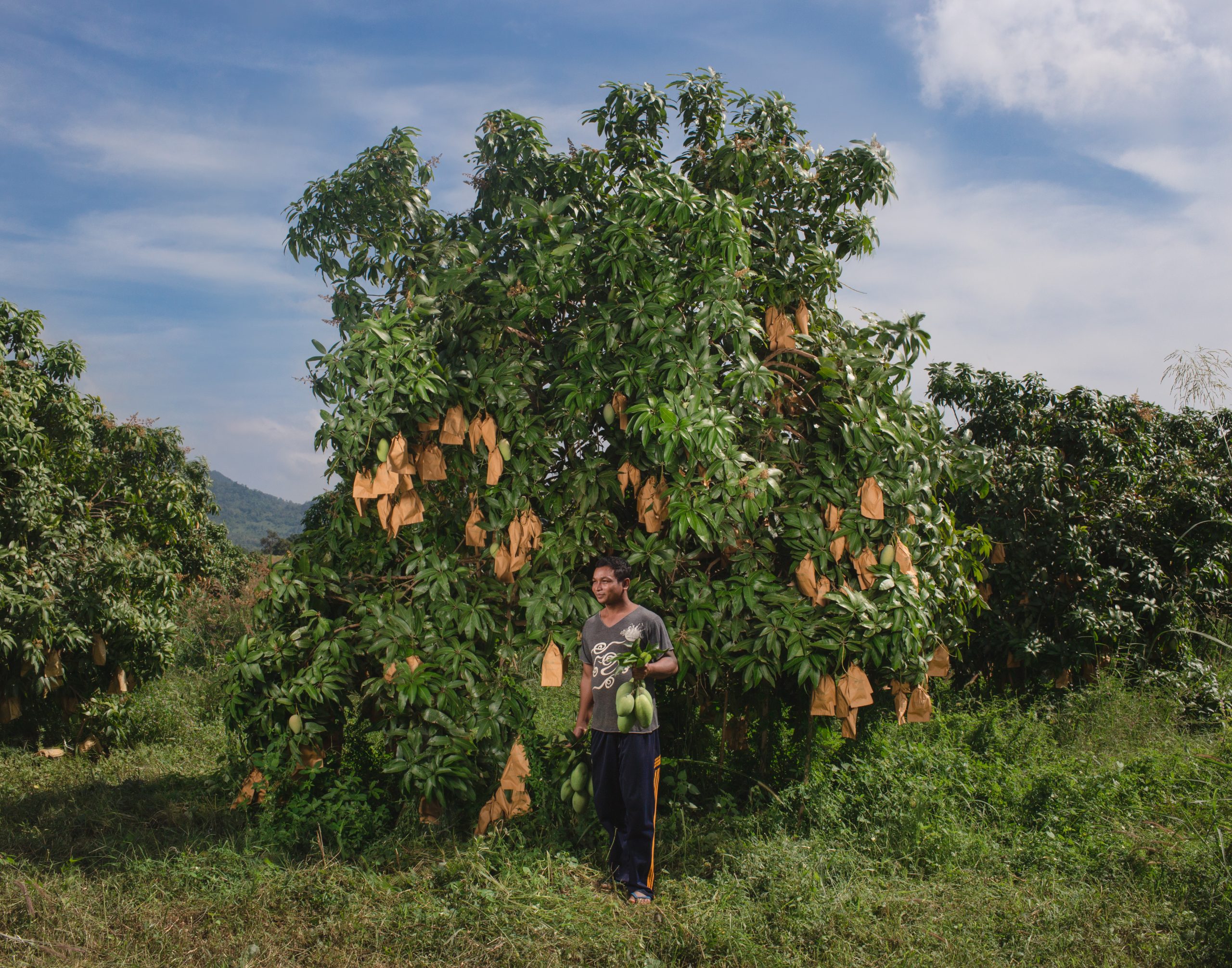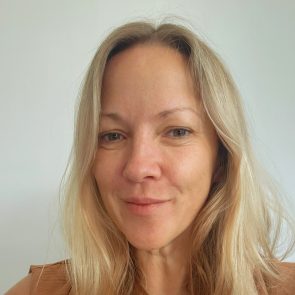
In 2021, Cambodia had an estimated population of 16.6 million people, including 10 million people in rural areas. The country’s agricultural sector, which employs 37% of the Cambodian labour force, is highly dependent on monsoon rains and the annual flooding of the Tonle Sap Lake and therefore extremely vulnerable to climate change as well as dam building projects upstream on the Mekong River. In recent years Cambodian farms have had difficulty competing internationally, partly because grid electricity is expensive, unreliable and not universally accessible.
Clean energy technology offers a reliable and affordable alternative, but the absence of flexible finance instruments for renewable energy technology investments coupled with low levels of end-user knowledge and trust in renewable energy caused low-adoption rates across the country for decades.
The Clean Energy Revolving Fund (CERF) was created by Nexus for Development to tackle this challenge. The innovative financial model began with an initial investment from REEEP with support from the Austrian Government and the Blue Moon Fund. It ran from 2016 to 2019 and offered affordable loans to farmers and small and medium agri-businesses (SMAs) for the purchase of clean energy technologies which increase farmers’ productivity, resilience and regional competitiveness by helping them to manage electricity costs and contribute to climate change mitigation. This in turn reduced CO2 emissions, encouraged an early shift away from fossil fuel-based energy, and increased food processing productivity.






